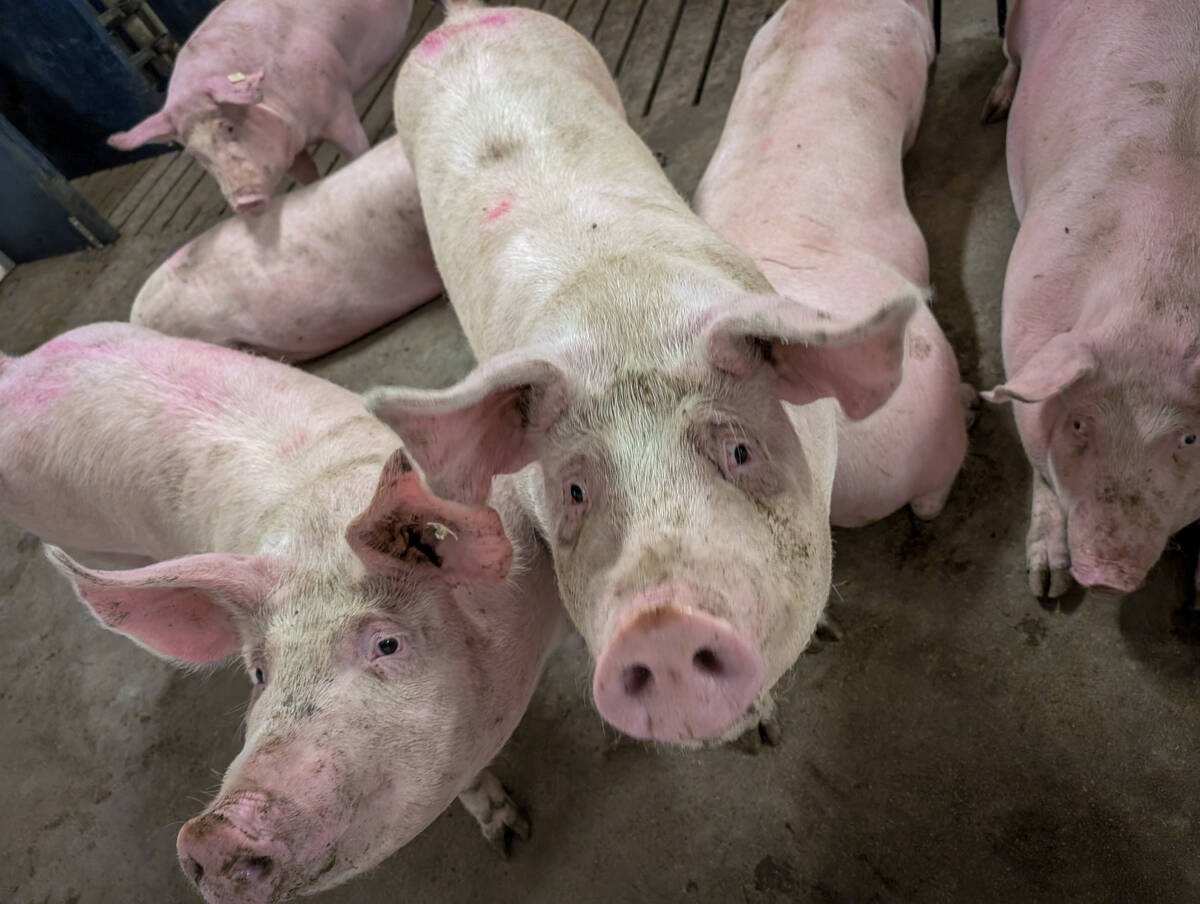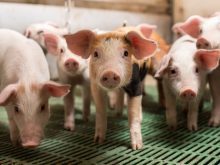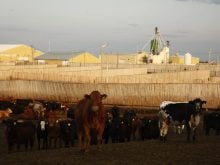WINNIPEG (Reuters) — North America’s hog farmers face prolonged pain beyond the COVID-19 pandemic that has interrupted packing plants as a pig glut in the United States holds prices low and pressures producers to downsize.
Many North American hogs had nowhere to go in spring as slaughter plants suspended production due to workers becoming infected with the novel coronavirus. While outbreaks among plant workers subsequently abated, infections recently flared in Maple Leaf Foods’ Brandon plant.
Canadian farmers who produce piglets (isoweans) face some of the greatest pressure to downsize. Many sell to U.S. farms, which then fatten piglets to slaughter-weight levels, but prices have fallen well below costs.
Read Also

Pork sector targets sustainability
Manitoba Pork has a new guiding document, entitled Building a Sustainable Future, outlining its sustainability goals for the years to come.
In July, Manitoba farmer Rick Bergmann sold 500 piglets to a U.S. buyer for $2.50 per head, recouping only the transportation cost.
“There are producers asking, ‘do we want to stay in business?’ These are dark days,” said Bergmann, chair of the Canadian Pork Council.
The council asked the Canadian government for aid this month, citing massive losses for western Canadian farmers and piglet producers especially.
U.S. buyers paid between $2.50 and $20 per Canadian isowean for the week ended Aug. 22, according to the U.S. Department of Agriculture, far below the roughly $40 cost to raise one.
“The weanling sector is the most volatile,” said livestock and meat analyst Kevin Grier. “When things are good, they have the wildest high prices and returns, and when things are bad, it’s just the opposite.”
There is little optimism that bottom lines will improve.
Western Canada’s hog prices are based on U.S. prices, which remain depressed, although they partly recovered this week.
U.S. farmers expanded too aggressively as new plants opened in recent years, resulting in more pigs being born than the industry could absorb, said Christine McCracken, animal protein analyst at Rabobank.
“Even before COVID, we had too many hogs,” she said.
















